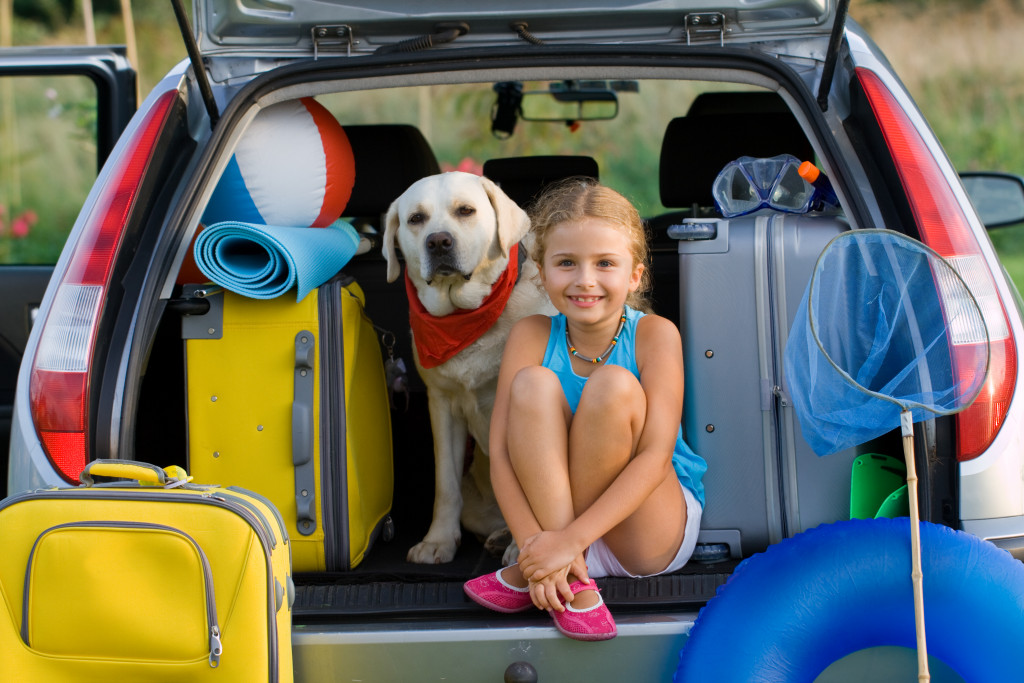Outdoor recreation is becoming increasingly popular, with people of all ages and abilities enjoying time in nature. According to the Outdoor Industry Association, more than 140 million Americans prioritize outdoor recreation, with total spending in this area accounting for $646 billion annually. That means spending time outdoor is indeed something many enjoy.
However, as with any activity, risks are involved when venturing into the great outdoors. The good news is that it’s easy to minimize these risks with proper preparation. So, before heading out on your next family activity, follow these tips for a fun and safe journey.
Bring essential items for survival.
Before heading out, have all the survival gear you need for your chosen activity. This list will vary depending on the type of trip you’re taking. Still, some essential items might include a map and compass, first-aid kit, flashlight, extra batteries, and other survival tools. Although it might seem like a lot, being well-equipped with the right gear can make all the difference if something goes wrong.
You can get these items secondhand, borrow them from friends, or rent them from outdoor stores. Either way, what matters is that you have everything you need before embarking on your journey. When adequately equipped, you can enjoy your time outdoors without worrying about being caught off guard.
Research the area.
Accidents and injuries occur because people are unfamiliar with the area they’re exploring. You can avoid this by doing some research before you go. Find out about the terrain, weather conditions, and any potential hazards. Many great resources are available, such as books from the library, online articles, and even local experts. It will help you better prepare for your trip and minimize risks.
If you’re unsure about something, don’t hesitate to ask a ranger or another knowledgeable individual in the area. They can provide you with essential information that will help keep you safe while enjoying the great outdoors. This way, you can focus on having fun and create lasting memories.
Tell someone about your plans.
Be sure to tell someone about your plans, no matter how long or short your trip is. In case something happens, people will know where to find you. It’s also a good idea to leave a detailed itinerary, including the route you’re taking and when you plan to return. In doing so, these people can alert authorities if you don’t return when expected.
However, make sure to relay this information only to people you trust. You don’t want just anyone knowing your whereabouts. In today’s age of technology, there are many ways to stay in touch with others while on your trip. Take advantage of these tools to check in regularly and let people know you’re safe. By taking this precaution, you can rest assured that someone has got your back, and you can focus on having a great time.
Dress for the occasion.
The clothes you wear can make a big difference in your safety and comfort outdoors. So, be sure to dress appropriately for the activity and the weather conditions. Wearing the right clothes will help protect you from the elements and minimize your risk of injury.
For example, dress in layers to stay warm if you’re hiking in a cold climate. And if you’re swimming in a river, wear shoes that can get wet. If you’re unsure what to wear, you can search online or ask a ranger for advice.
When in doubt, err on caution and pack extra clothes just in case. It’s better to be safe than sorry; you can always take off layers if you get too warm. Doing so can prevent a minor inconvenience from turning into a significant problem.

Be mindful of the sun.
Spending time outdoors means that you’ll get exposure to the sun’s harmful ultraviolet (UV) rays. To protect yourself, apply sunscreen with an SPF of at least 15, wear sunglasses, and cover up with clothing. It’s also a good idea to avoid being in direct sunlight during the peak hours of 10 am to 4 pm.
Especially in the summer, you might notice an itchy skin rash after being outdoors. These are called prickly heat, and it’s due to sweat getting trapped under your skin. You can follow the best practices for dealing with bungang araw, including the do’s and don’ts, to avoid worsening the condition. When you know what to do, you can soothe the itch and return to enjoying your time outdoors.
No matter what outdoor activity you’re planning, being prepared can help ensure you have a fun and safe time. Following the above tips can minimize the risks and enjoy your time in nature. So go ahead and explore the great outdoors—just be sure to do it safely. With some preparation, you’re sure to create lasting memories of your outdoor adventures.
